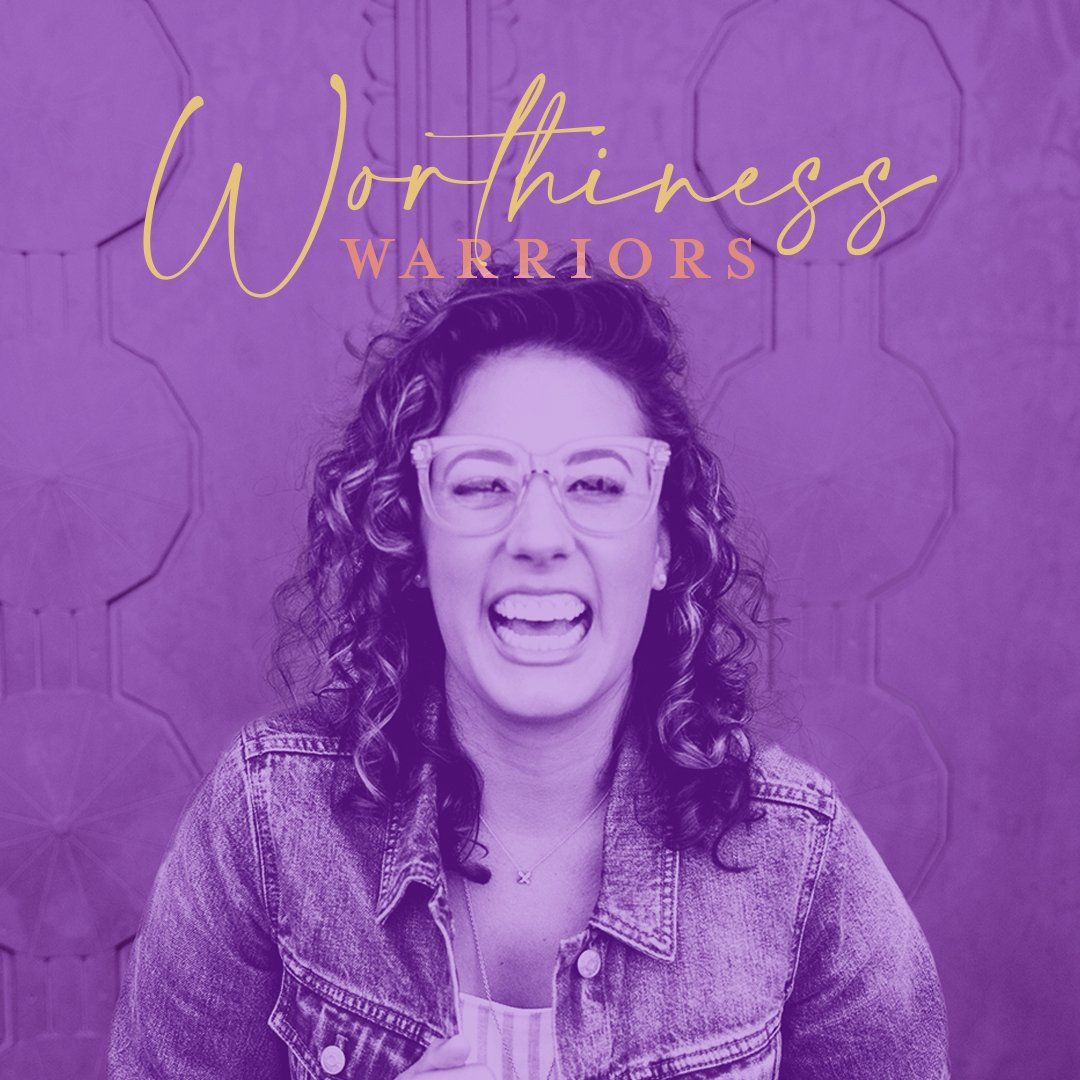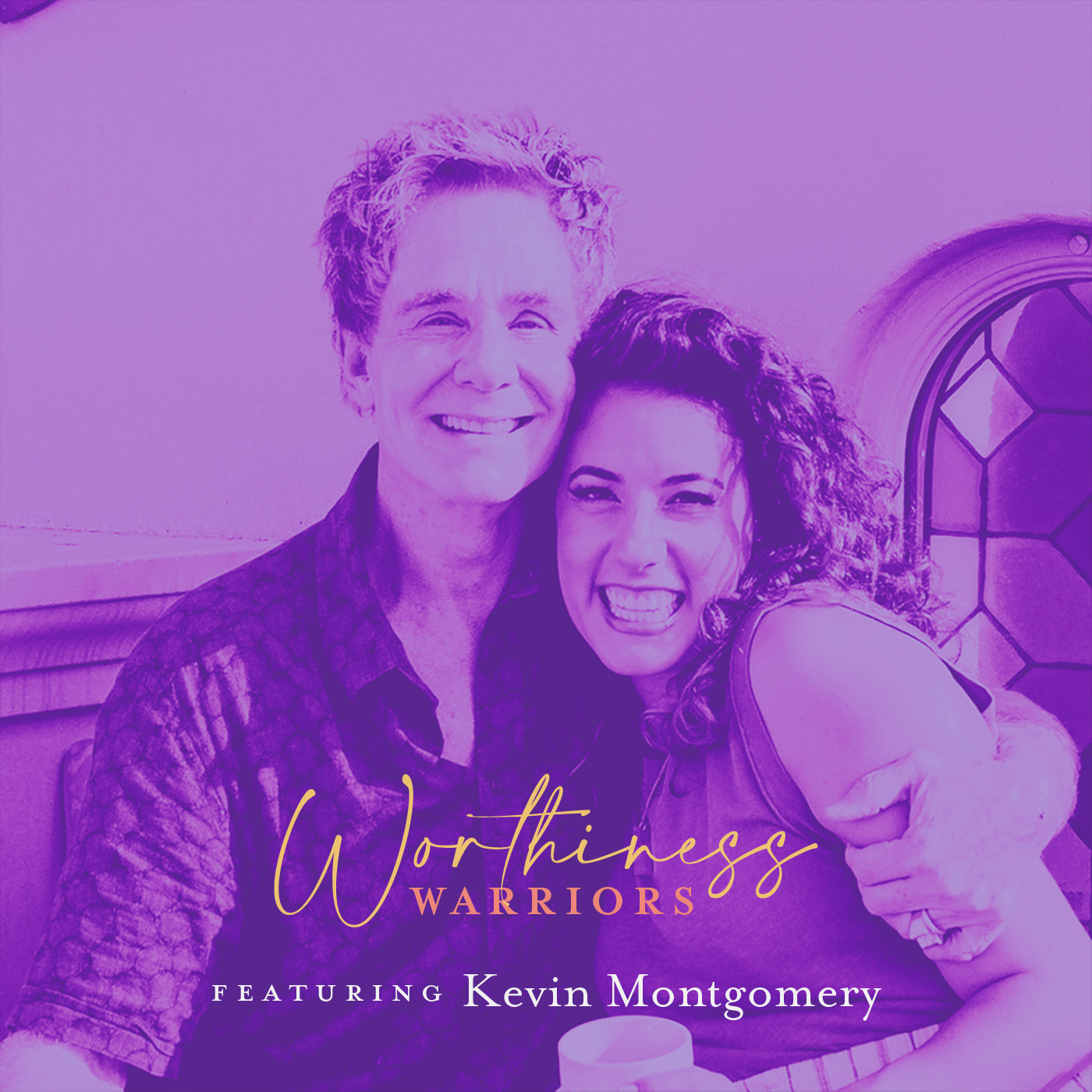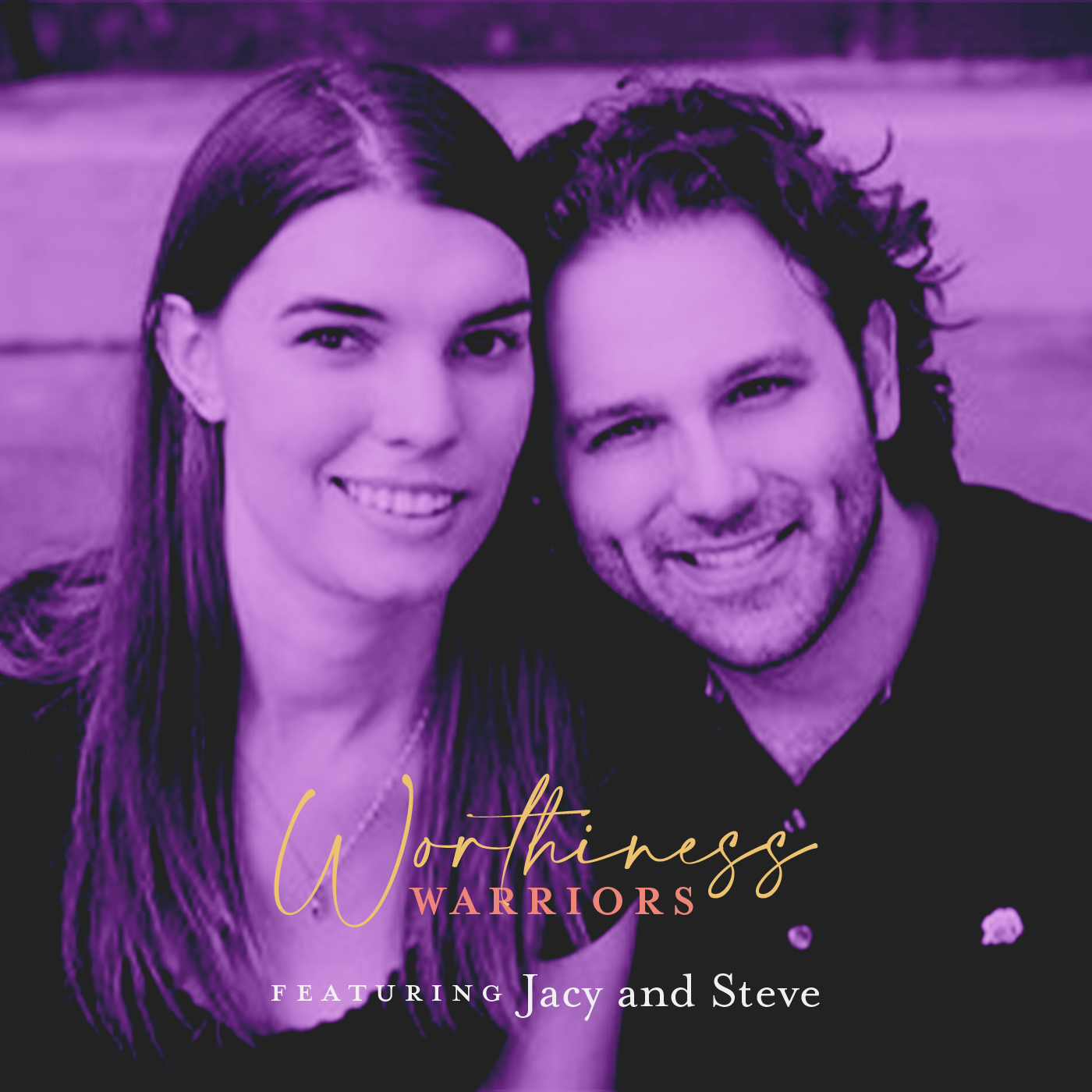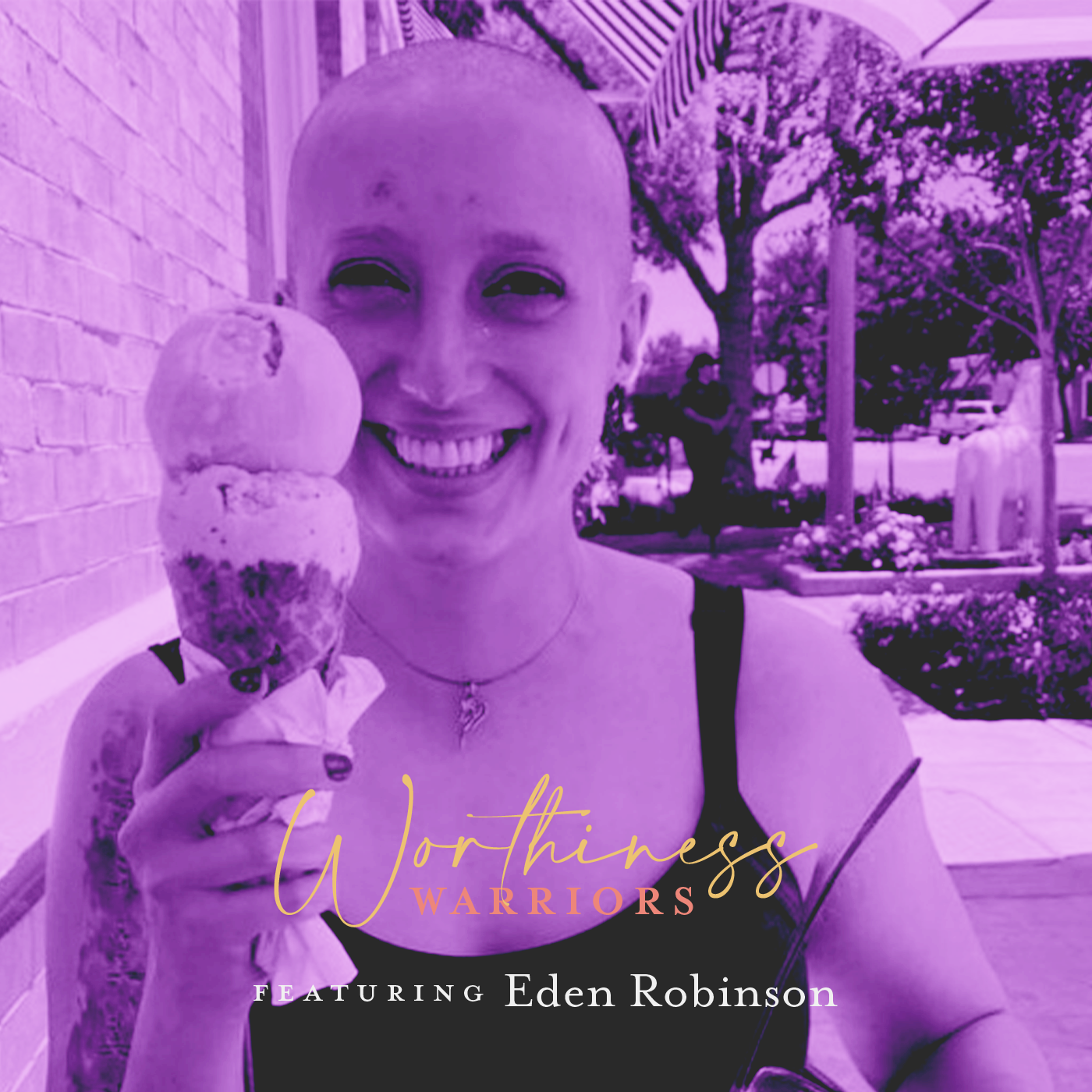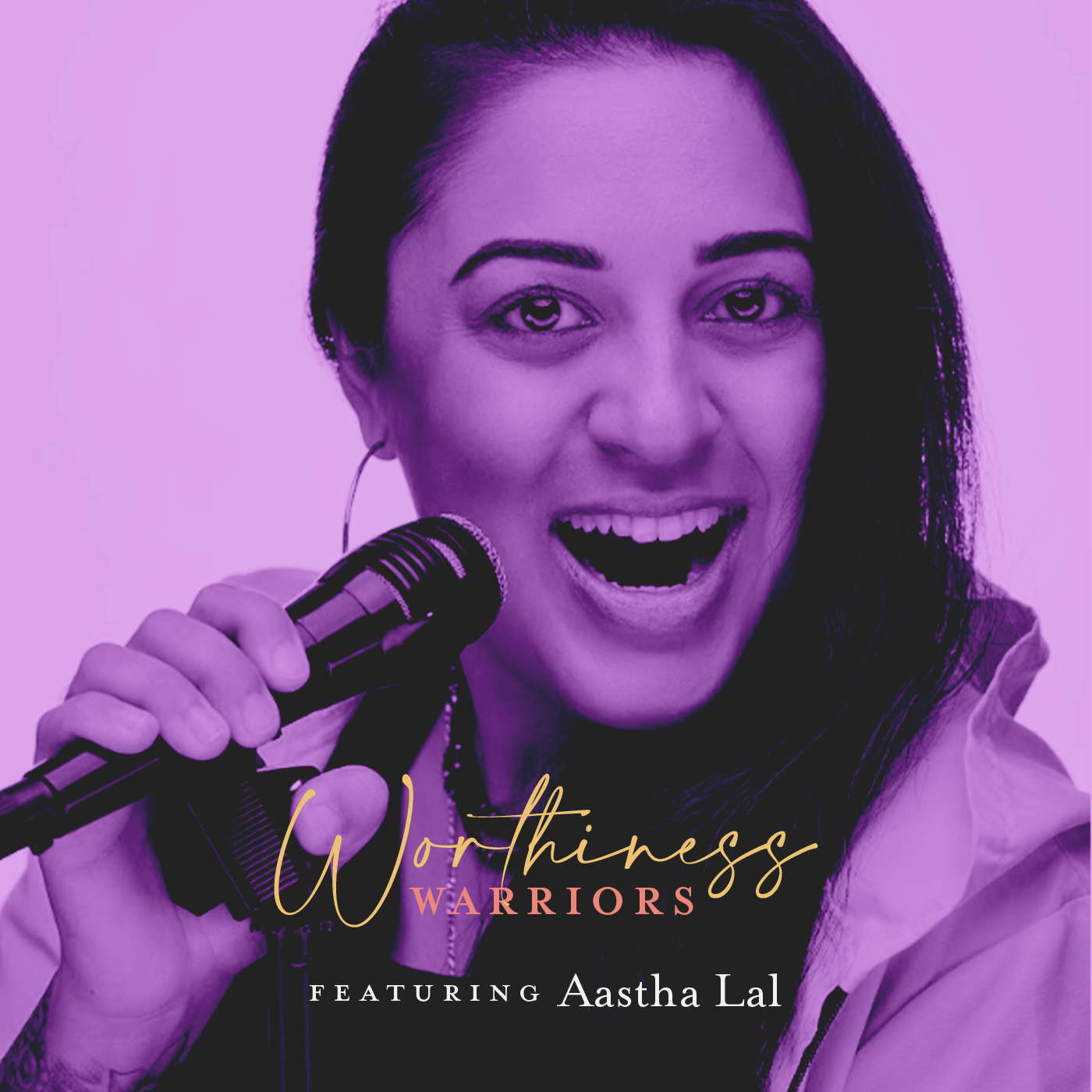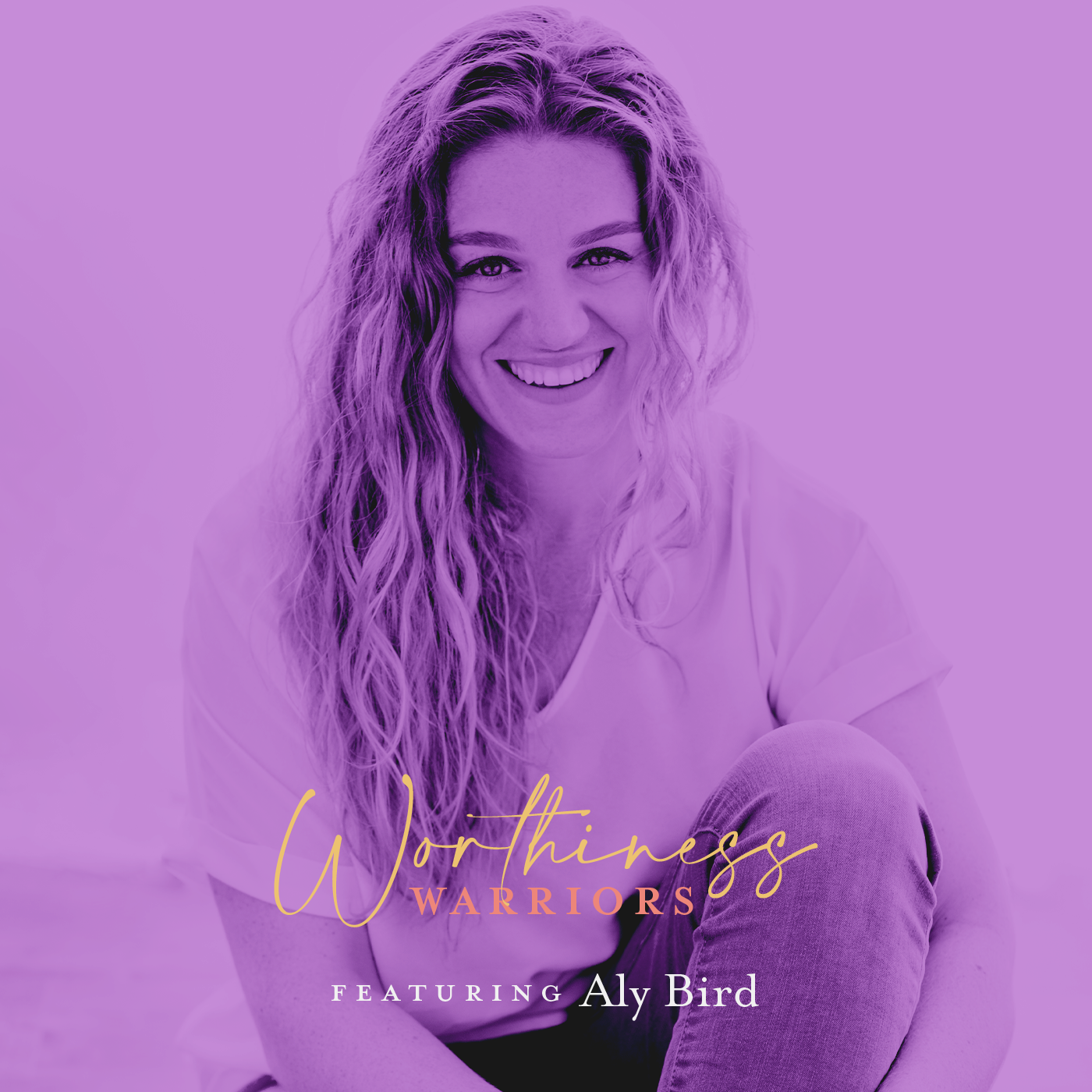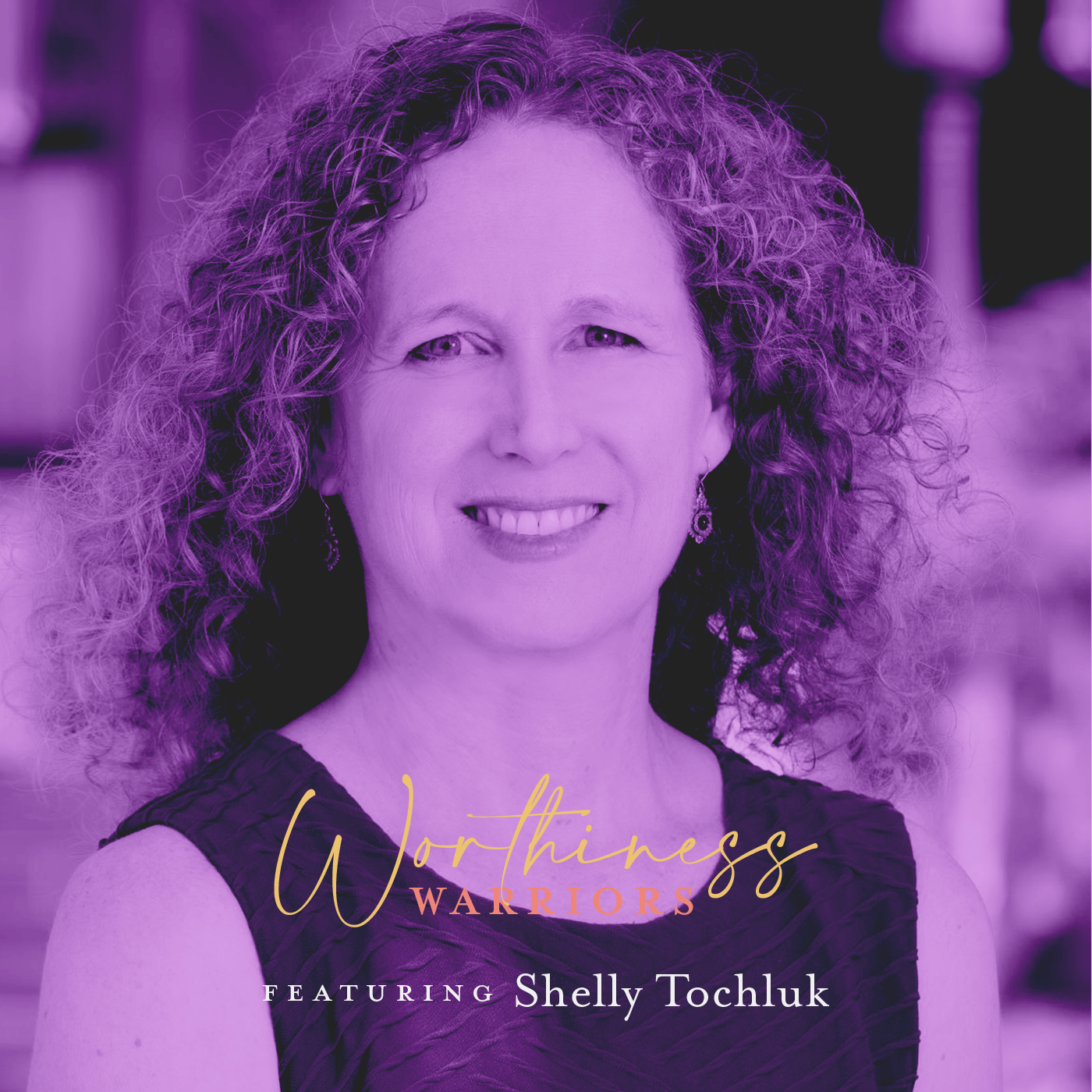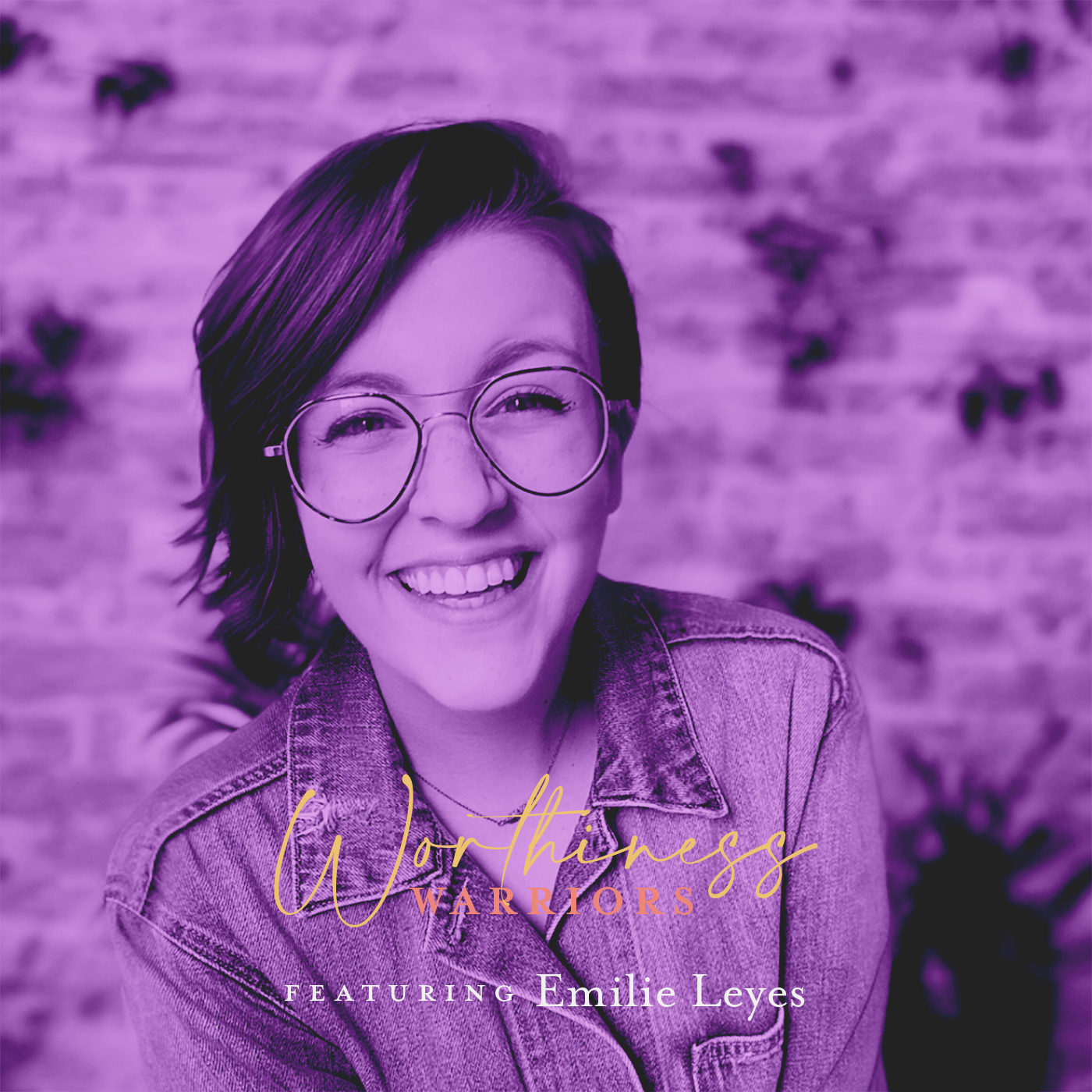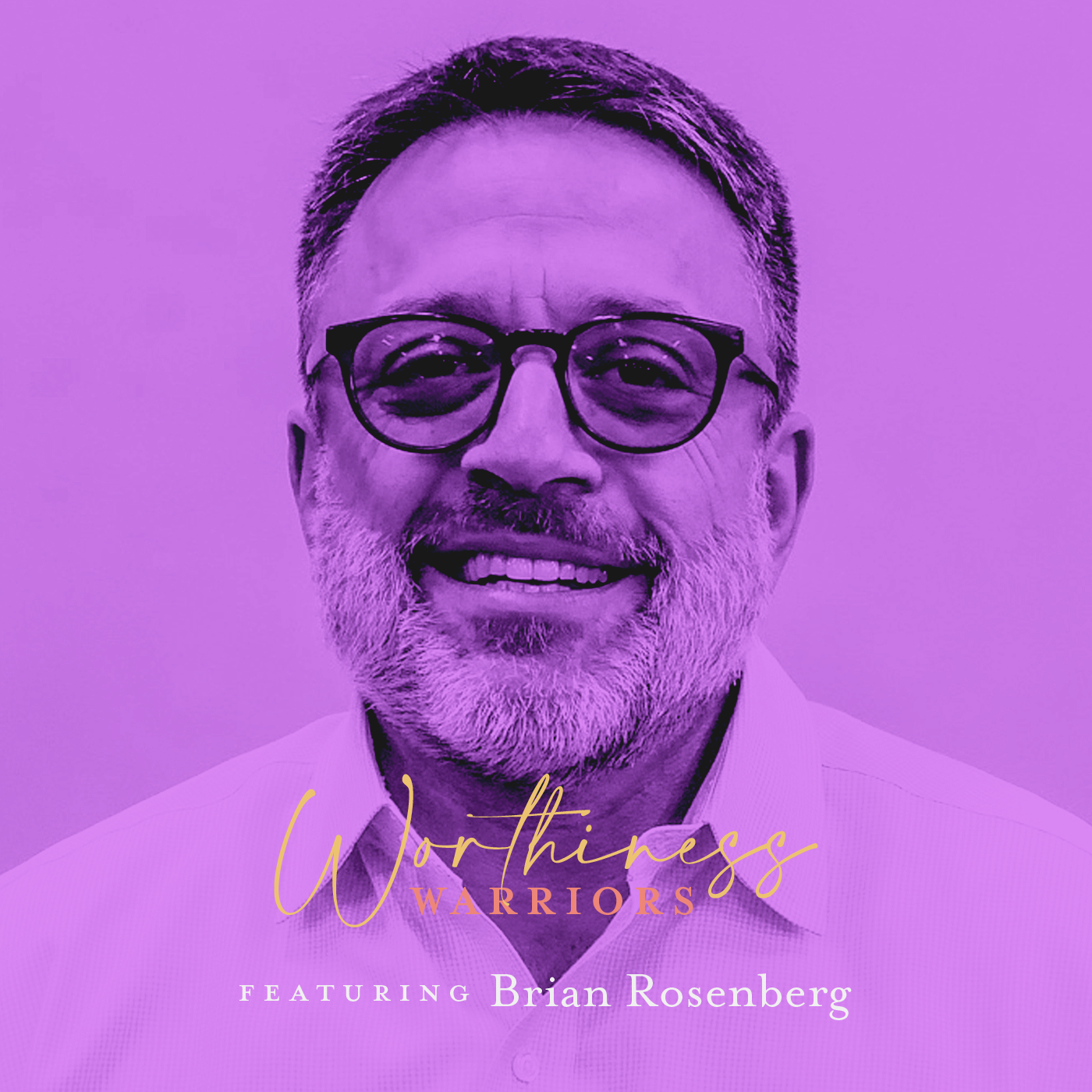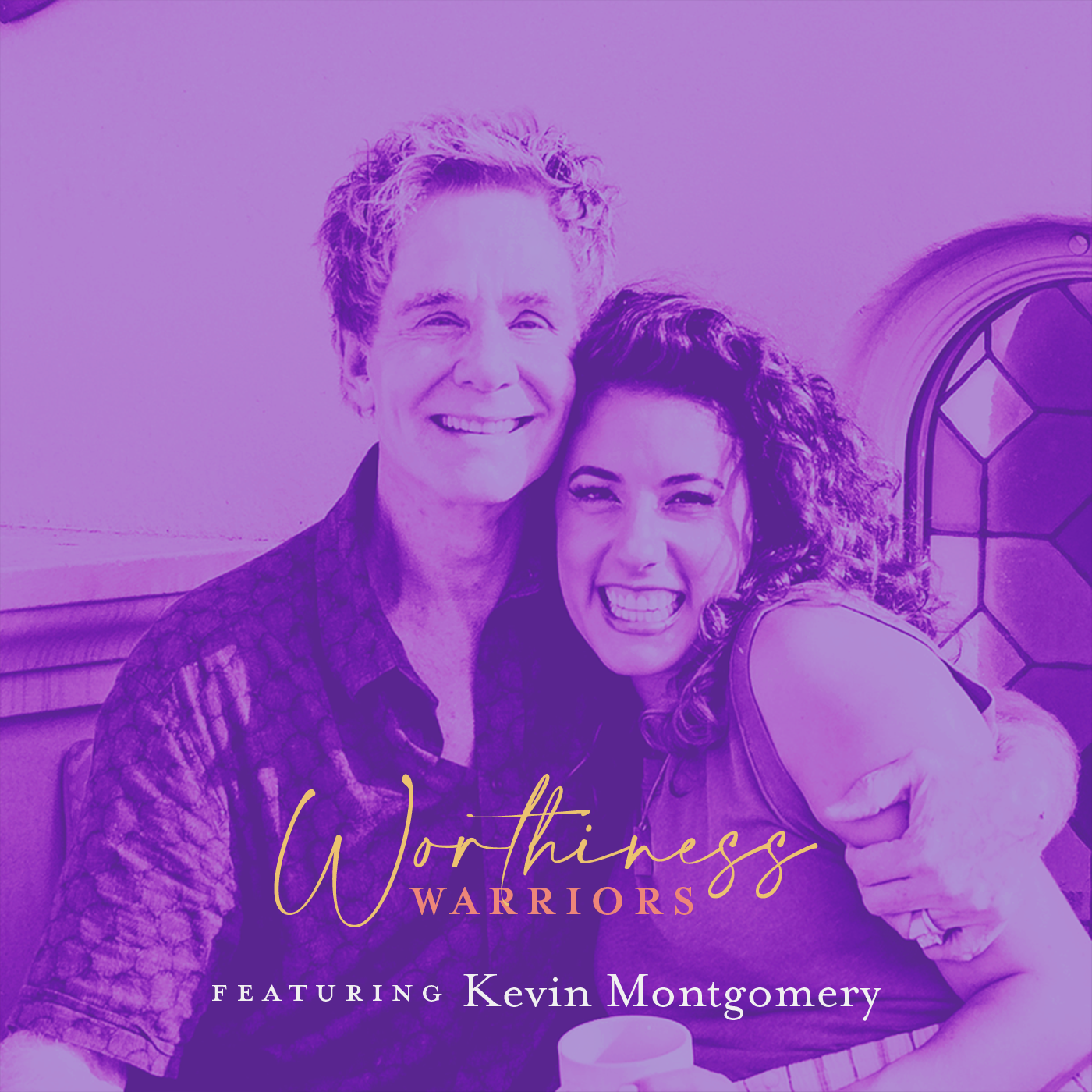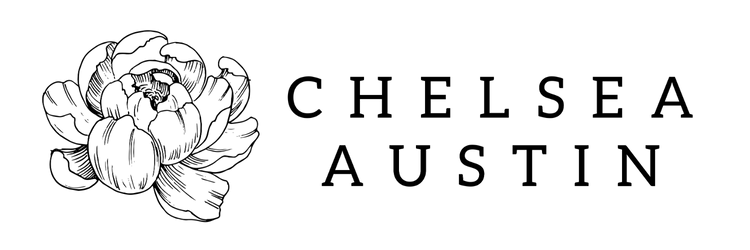How To Give Yourself More Grace-Tools From a Student Pilot
A few days ago, I woke up feeling crappy. That feeling you get when you know a cold is coming on. That sluggish, icky, I’m fine, but I’m not really fine feeling. My very first thought was, not now please. (Honestly though, when is there a convenient time to get sick?) And because of the times we’re living in my second thought was to panic and book a COVID test. (I am negative…phew.)
I didn’t have time to be sick. I was about to give a virtual keynote speech and then the day after I was leaving for Pennsylvania to speak at my alma mater and because I tend to sign myself up for more than I can handle—I’m working on it—between the keynote and the flight out to PA I had also booked a flying lesson. I texted my flight instructor to let him know that I wasn’t feeling well and that I was negative for COVID but I didn’t want to make anyone at the flight school nervous or freak them out. “Should I cancel?” I asked him.
“Only you know the answer to that,” he replied. Ugh…it was back in my court and I didn’t know what to do. My mind was racing. On the one hand I grew up with the mindset that I just needed to push through. Just keep going, sickness doesn’t have anything on me. I was rewarded for my ability to push through just about anything and so my first reaction was to say, just do it Chelsea you can manage. Then he sent me another text that read, “maybe this is a good time to look at the I’m Safe checklist.”
The I’m Safe checklist is something that pilots use to decide whether or not they are in a state to fly a plane, after all, even if you’re just flying yourself you are putting your own life and the lives of others at risk. One of the most important things for a pilot to have under their control is their decision-making ability and mental sharpness. There’s a lot going on when you’re flying a plane and so being on top of things is paramount. Here’s what the checklist stands for:
Illness
Medication
Stress
Alcohol
Fatigue
Emotion
If any one of these is a red flag you are not supposed to fly. I looked at that checklist and thought, damn, I have to cancel. I am way too tired. I was so worried that my instructor was going to be disappointed in me, that he wouldn’t see that I have this ability to just push through it all, but I screwed up my courage and hit send telling him that if fatigue was a factor I wasn’t fit to fly. His response? “Congratulations. Half of being a pilot is knowing when you can and cannot fly.”
He wasn’t mad or disappointed, he was proud. All of the sudden taking care of myself wasn’t just a luxury, but a necessity and I got to thinking more and more about this checklist. All of those words: illness, medication, stress, alcohol, fatigue, and emotion affect us more than just if we’re flying a plane. We are taught to push, that we can be superheroes, but what if we had to go through that checklist every morning as we got out of bed? What if our jobs put other peoples’ lives at stake? How might we treat what we decide we can and cannot push through differently? Because even if what we do isn’t putting anyone in physical danger if we’re tired or emotional it’s worth taking stock of where you’re at each and every day and thinking like a pilot. Self-care isn’t just for you. When we take care of ourselves we also treat others differently. We’re more patient, calm, and collected. We can take things in stride. Maybe we even feel less stressed. We make better or at least more well-thought-out decisions.
So maybe it’s time to start thinking like a pilot in our day to day lives and not just constantly push through. Congratulations. Half of being a human is knowing what you can and cannot handle. Pushing through shouldn’t be rewarded, but it is, so how can you start rewarding the opposite for yourself? Food for thought.
Enter your email address to subscribe and join Chelsea's blog & podcast and receive notifications of new posts by email.
Contact Us
